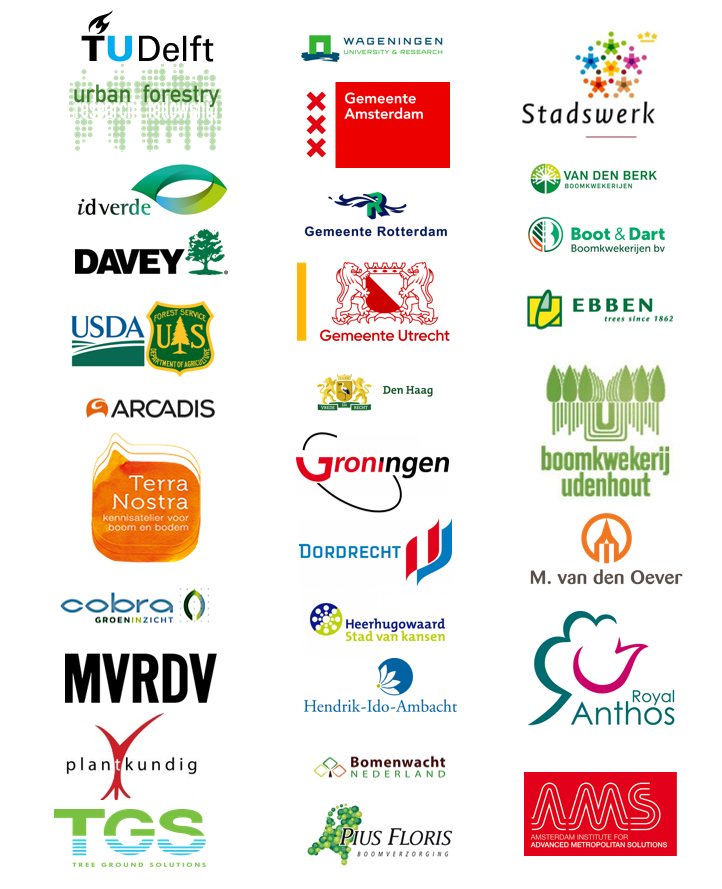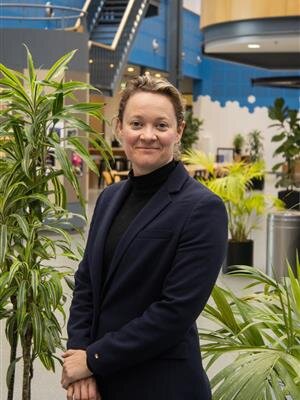i-Tree 2.0-NL
Urban trees for bio-resilient cities
Cooling performance of urban trees in software and orgware
In the midst of a heatwave, the urban jungle is not the place you want to be. Stifling high temperatures, exacerbated by the heat island phenomenon are not only unpleasant, but they are also silent killers. The elderly and people with underlying medical conditions such as cardiac disease are particularly vulnerable.
Green spaces, and in particular urban trees, are one of the most effective ways to develop cities climate-adaptative. Trees are able to effectively reduce the extremes of urban heat cycles by absorbing heat and producing shade. They also offer added benefits to urban water management, air quality, biodiversity, health & wellbeing, and overall urban liveability. Yet despite these opportunities, and a long-standing tradition of urban forestry in Dutch cities, an accurate measurement of the role of urban trees in climate adaptation is limited.
i-Tree 2.0-NL
i-Tree 2.0 NL is a three-year long €800,000 project funded by CLICKNL and a consortium of 28 partners. It aims to develop accurate metrics on the optimum cooling performance of 300+ urban tree species growing in Dutch cities, and estimations of their performances over the life cycle of the tree.
The data gathered throughout this project will be integrated into an existing toolset called i-Tree — a peer-reviewed software suite from the USDA Forest Service that provides urban forestry analysis and benefits assessments. Preliminary results from testing the tool within the Netherlands have been positive, but its effectiveness in modelling the performances of trees for heat stress and across their life cycle needs further development.
Physical characteristics of a tree such as crown morphology, wood anatomy and leaf characteristics determine how and to what extent a tree cools its environment, and how this helps thermal comfort. These metrics can be supplemented by data on the transpiration rate of different tree species, which further help a tree’s cooling capacity through evaporative cooling. If this performance is then calculated over the life cycle of the tree, we will be able get a full picture of the thermal benefits of an urban forest.
Strategic Design
The development of accurate data within the i-Tree tool means that planners, designers and green space professionals will be better able to shape and manage urban green spaces for climate adaptation. But the success of the tool does not rest solely on the data, it must also be usable and applicable. New applications of i-Tree will be developed via design simulations and co-design with stakeholders. The ultimate goal being climate adaptative and more liveable cities.
Partners:
City Administrations
- Gemeente Amsterdam
- Gemeente Rotterdam
- Gemeente Utrecht
- Gemeente Den Haag
- Gemeente Groningen
- Gemeente Dordrecht
- Gemeente Heerhugowaard
- Gemeente Hendrik-Ido-Ambacht
Consultancies & Firms
- Terra Nostra
- Pius Floris
- Idverde
- Bomenwacht Nederland
- Cobra Groeninzicht
- Arcadis
- MVRDV
- TGS-Permavoid
- Plantkundig
Nurseries
- Van den Berk
- Boot & Dart
- Ebben
- Udenhout
- M. van den Oever & Zonen
Others
- Vereniging Stadswerk
- Nederland
- AMS Institute
- i-Tree USA
- Davey Institute
- Branchevereniging VHG






